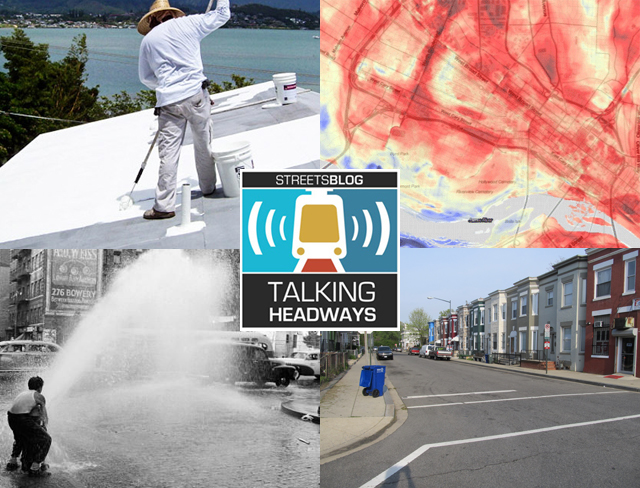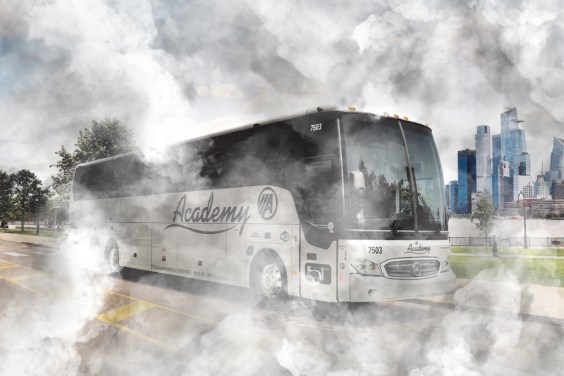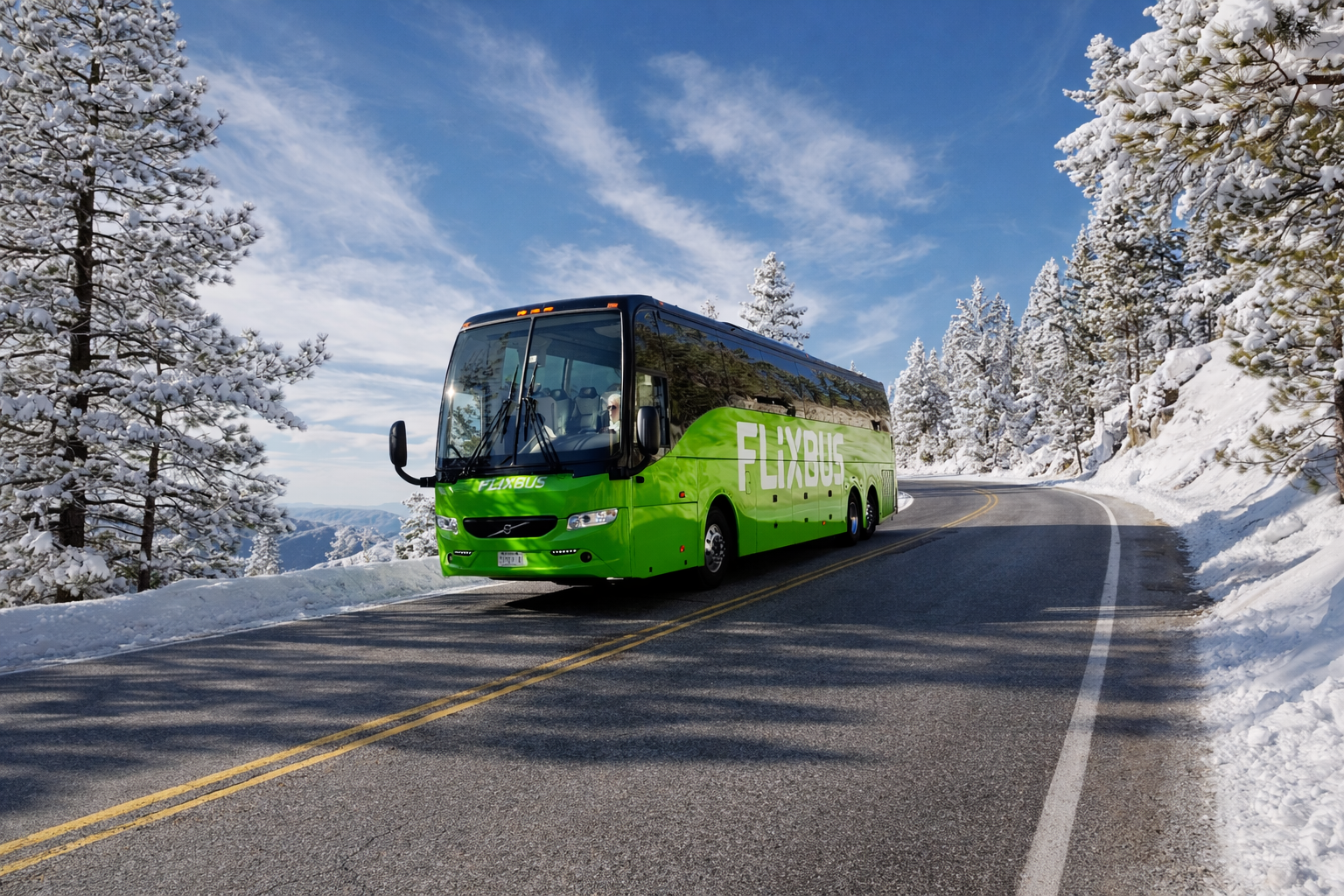This week we’re joined by Dr. V. Kelly Turner, director of urban environment research at UCLA’s Luskin Center for Innovation. We chat about how to think differently about urban heat, how to measure it properly, and how to regulate it.
For those of you who prefer to read rather than to listen, check out an edited transcript below the audio player. For the unedited full podcast, click here.
Jeff Wood: The environmental-justice portion of this is really important because a lot of recent research shows that the heat island effect disproportionately impacts low-income communities and communities of color specifically. And the research shows that it’s so insidious in those communities, that it’s something that we need to address. But the problem is, we don’t tend to notice that in our planning policies, in the ways that we look at things and you know, I’m wondering how you’ve seen the impacts of that from your research and what people are saying and doing about it?
Dr. V. Kelly Turner: Yeah. So, my first response to your question is that the urban heat island is this very specific phenomenon. It’s a "regional" heat island. In fact, a lot of the climate community won’t just use urban heat island alone anymore. They use regional urban heat island because it’s very specifically addressing this difference between urban and sort of peri-urban areas. And so it references a specific climate phenomenon. And when we’re talking about inequitable exposure within cities and heterogeneous sort of built environments, the term we should be using to talk about that is local climate zones. That’s a concept by Stuart and Oakey, not my own, but it’s based on 40, 50 years of urban climate science, which shows that you can’t fundamentally change the thermal conditions of a neighborhood without addressing three dimensions, the materials, the composition, the materials that you have buildings to give trees, et cetera, how tall they are and how spread out they are.
So when I see interventions being proposed like tree-planting programs, I think we need to be careful and say, yeah, we might be providing shade that will be good for pedestrian thermal comfort, shade, super important, but we’re not addressing the urban heat island. What we’re doing is just a drop in the bucket, shifting from one climate zone to a fundamentally different arrangement of trees and buildings that would actually be cooler.
Jeff Wood: What does that mean specifically? I know that in your research, you showed that a lot of the suggested mitigations for the heat impact is trees. So if the trees, if they do impact or don’t impact, how does that actually work? How can you put that into policy so that you’re making sure you’re making the right decisions on planting trees rather than just planting for planting sake.
Dr. V. Kelly Turner: Yeah. You hear a lot of "right tree, right place, right purpose," those kinds of statements being made, but focusing on the individual tree, I think that’s a little bit of, you know, you need multiple trees to actually change a local climate zone. So, what would this look like? Let me give you a very concrete example. This is a project that we just got funded to work on in Watts. So, we have this historical aerial photography going back to 1920 of Watts and the built environment. And you look at this one section of Watts and it’s consistently single family detached dwellings with a little bit of vegetation, some trees, some grass, they’re relatively compact and space, right?
That is going to be a much cooler climate zone than what it transitions to later in the 1950s and 60s, where it becomes parking lots with wider roads, with big flat buildings that are wide and spaced apart, kind of your typical industrial kind of service sector, sprawly kind of configuration. Right. And you can imagine that, I would ask your listeners to imagine, imagine being in a residential road that has, you know, it doesn’t even have to have that lush of vegetation with a bunch of homes, and then imagine yourself at a strip mall parking lot. One is going to feel much more, more than the other because the sum is greater than each one of the parts. Right?
You know, one of the things we want to track in our research is how does that whole of the built environment, in fact, the thermal profile of the neighborhood.
Jeff Wood: And you’ve seen that in a lot of the, kind of the popular culture articles that have come out on the topic as well. It feels like you see the picture of the infrared picture with the heat. And then also it talks about the inequities between rich neighborhoods and poor neighborhoods: The richest neighborhoods have all the trees; the poorest neighborhoods don’t necessarily have the same shrubbery and greenery that the other ones that have mature, because they’ve grown up over time.
Dr. V. Kelly Turner: Right. But I think that those, all those things are based on these thermal images, the land surface temperature, surface temperature monitors, and those can be really misleading because all that’s capturing is basically if you look at a land surface temperature map, that’s what most cities have at their disposal, for planning for heat. That’s going to show you the importance of albedo, or the reflectance of a surface. And so that’s going to show you two things. It’s going to say, if we paint stuff white, we solar reflect the pain on all this across the whole city. Pretend theoretically, that’s possible. We’re going to reduce temperatures, right? Or if we plant a bunch of trees or have a bunch of grass, that’s dying to make cities cooler, however, it’s going to reduce the urban heat island. That’s what it’s going to do.
Right? It’s addressing that regional difference problem. Is it going to make that community cooler? Is it going to make people less exposed to heat? No. And instead, if we want to get it that we need to be measuring mean radiant temperature, and this gets a little in the weeds, but it’s super important. So mean radiant temperature is this composite indicator. It’s the amount of incoming solar radiation. So how much sun is hitting your body, how much energy is being re-radiated off of surfaces as heat energy. It also takes into account sort of wind, convection, and humidity. So it’s all of these various climate factors that ultimately determine how your body is experiencing heat.
And that’s much more difficult to measure than a satellite image. And what that’s going to show you though, however, is that if you want to make people feel better, if you want to address public health and improve thermal comfort, it’s not just about surface albedo, it’s not just about reflectivity. It’s actually mostly about how much solar energy is incoming. It’s about shade, shade improves thermal comfort because not only does it shield the body from all that sunlight, but it also prevents surfaces from re-radiating heat. So it basically stops the problem it’s preventative, right? It stops the problem in the first place. So if I had a policymaker who had a lot of power over heat, one thing I would say is, look, don’t use land surface temperature maps as your guidepost for improving public health.
Public health is about shade. When you’re talking about the outdoor environment, heat island is about that reflectivity. And they’re not always co-benefits.






